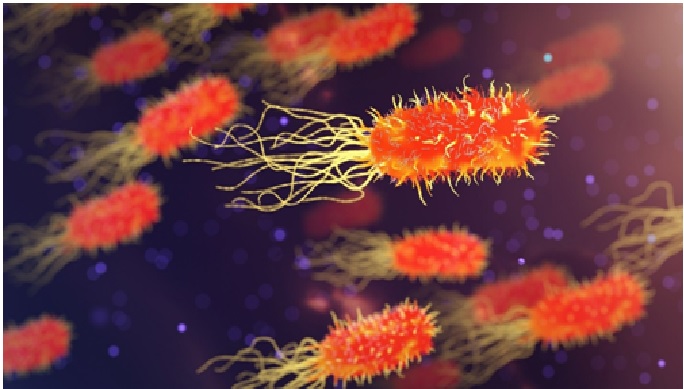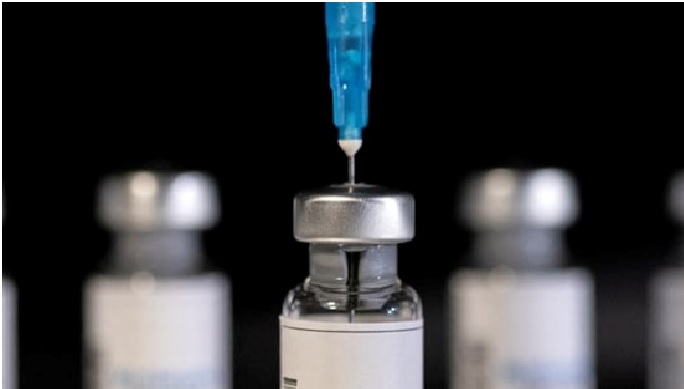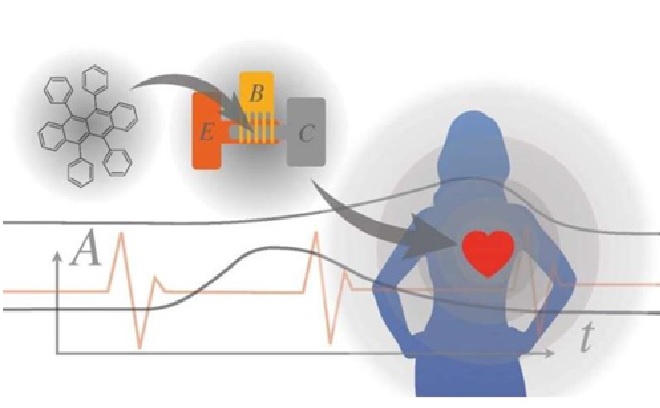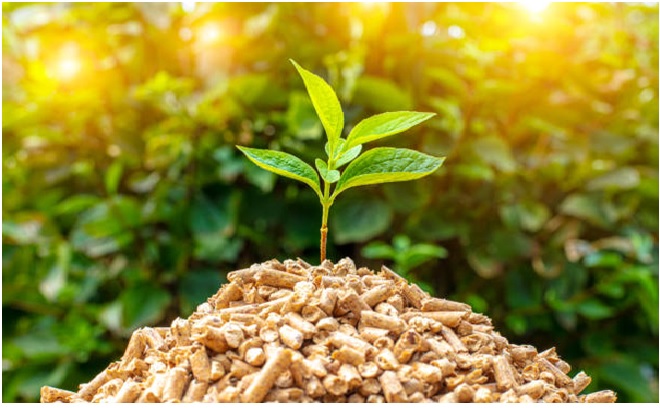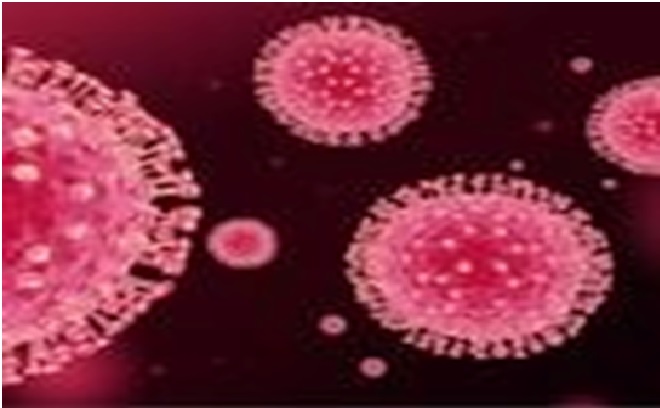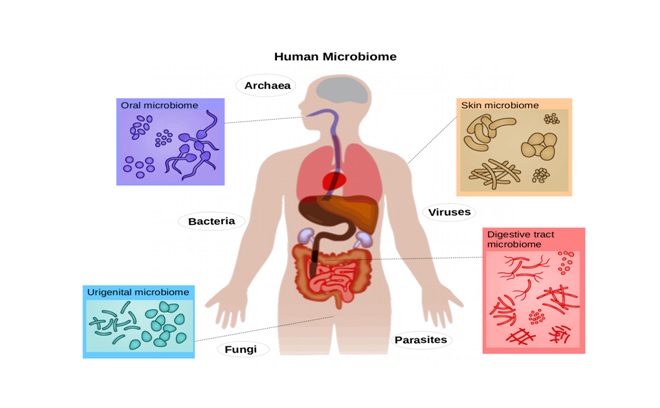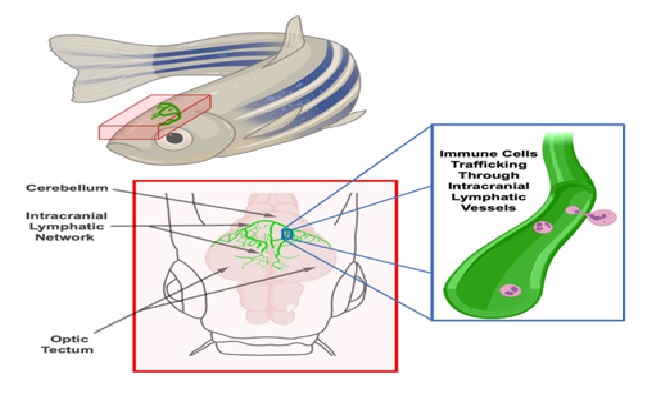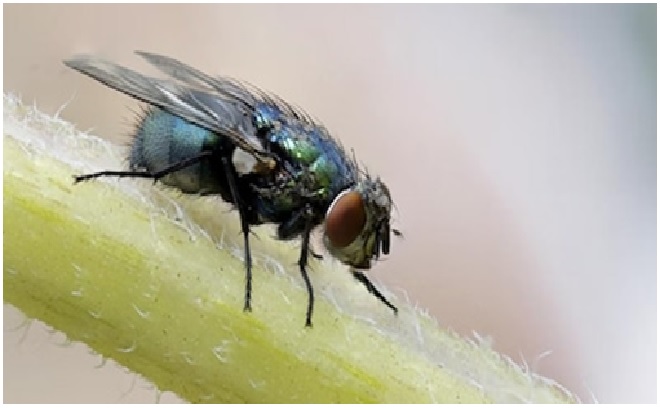Bacteria can live in snake and spider venoms
Bacteria are resourceful little organisms. They can live in some of the weirdest, most inhospitable places on our planet – arid deserts, toxic acidic lakes, even deep in Earth's crust below the ocean floor. But scientists have just discovered a new, very unexpected habitat for the hardy little microbes: the venom of snakes and spiders. This contradicts what we thought we knew; such venoms contain antimicrobial compounds, which scientists assumed to mean they were sterile environments in which no microbes could thrive. [1]
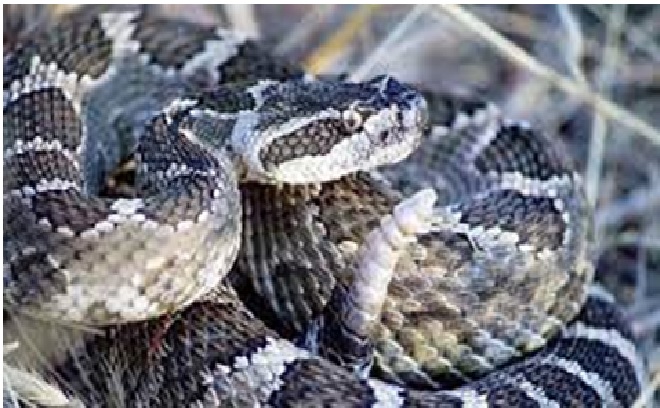
Figure 1. Bacteria can live in snake and spider venoms
Figure 1 shows the findings also suggest that victims of venomous animal bites may therefore also need to be treated for infections, not just antivenom to tackle the toxins deposited through the bite. The study provides strong genetic and culture evidence that bacteria can not only survive in the venom glands of several species of snakes and spiders, but can also mutate to resist the notoriously toxic liquid that is venom. [2]
Implications for clinical treatment
2.7 million venomous bite-related injuries occur annually, predominantly across Africa, Asia and Latin America. Of these, it is thought that 75% of victims will develop infections in venom toxin-damaged tissue, with bacteria Enterococcus faecalis being a common cause of disease.
These infections have previously been thought to be a consequence of having an open wound from the bite, as opposed to the infection-causing bacteria having come from the venom itself. The researchers say that their study shows the need for clinicians to consider treating snakebite victims not just for tissue destruction, but for infection too, as quickly as possible. [3]
Implications for clinical treatment
2.7 million venomous bite-related injuries occur annually, predominantly across Africa, Asia and Latin America. Of these, it is thought that 75% of victims will develop infections in venom toxin-damaged tissue, with bacteria Enterococcus faecalis being a common cause of disease.
These infections have previously been thought to be a consequence of having an open wound from the bite, as opposed to the infection-causing bacteria having come from the venom itself.
The researchers say that their study shows the need for clinicians to consider treating snakebite victims not just for tissue destruction, but for infection too, as quickly as possible. [4]
References:
- https://www.climatechange.ie/bacteria-can-live-in-snake-and-spider-venoms/
- https://www.sciencedaily.com/releases/2022/05/220523135029.htm
- https://techilive.in/bacteria-can-live-in-snake-and-spider-venoms/
- https://techiai.com/bacteria-can-live-in-snake-and-spider-venoms/
Cite this article:
Thanusri swetha J (2022), Bacteria can live in snake and spider venoms, AnaTechMaz, pp.50



